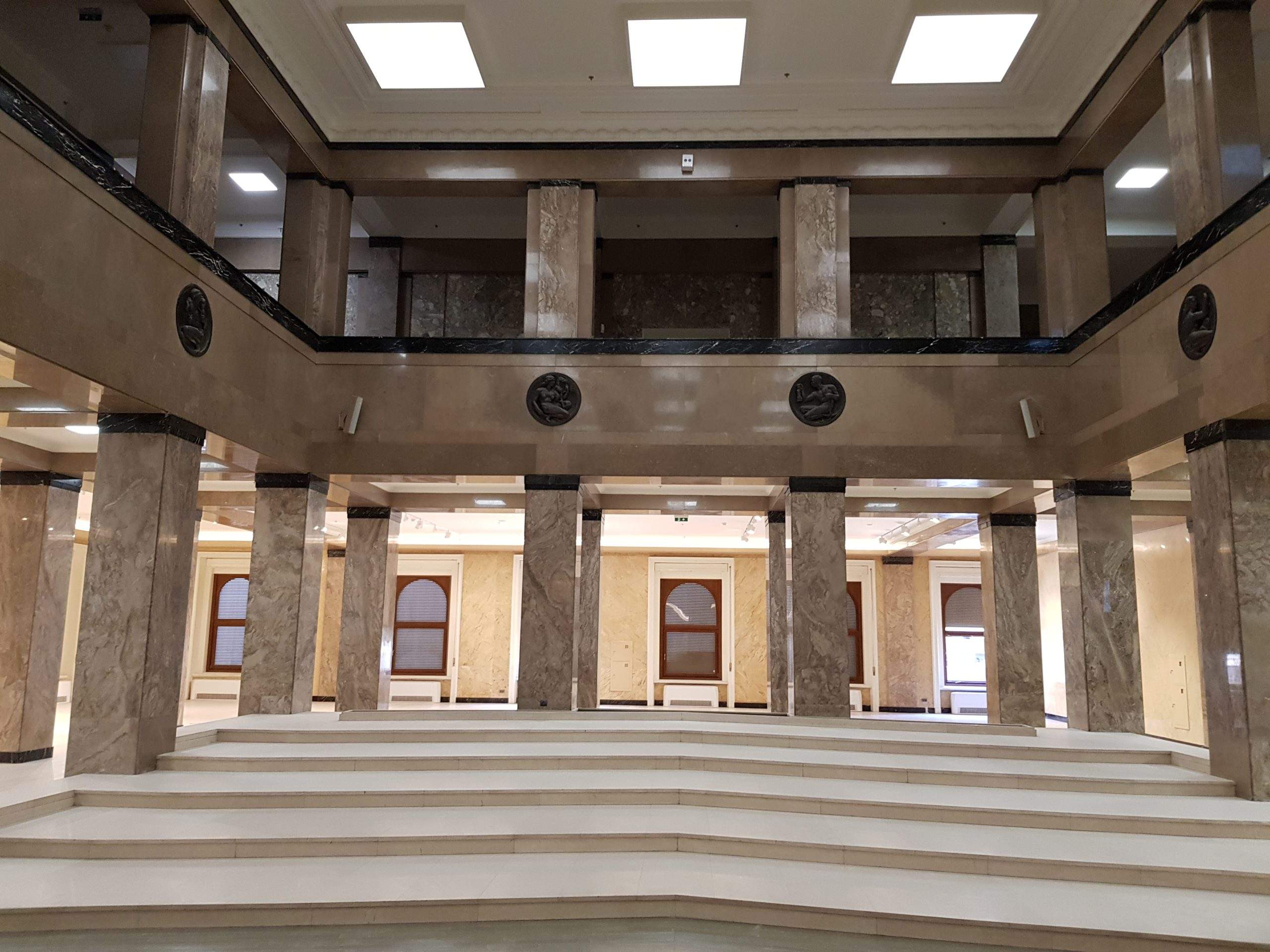The National Museum in Belgrade
The building of the National Museum in Belgrade stands out as an exceptional example of public palaces in Belgrade’s architecture from the late 19th and early 20th centuries. Originally built in 1903 according to the design of architects Andre Stevanović and Nikola Nestorović, this building initially served as the Palace of Funds Administration, and later housed the Mortgage Bank, and then the House of the National Assembly of the Kingdom of Serbia.
After World War I, the building played a central role as the place where the Kingdom of Serbs, Croats, and Slovenes was formed, later known as the Kingdom of Yugoslavia. During World War II, its role changed as it served as the headquarters of the Nazi administration during the occupation, suffering serious damage. Rebuilt after the war, it became the venue for important events of the new socialist Yugoslavia, including meetings of the Non-Aligned Movement and other international conferences.
Although the National Museum, founded as the “Serbian Museum” as early as 1844, only in 1952, after a series of 11 relocations, finally found its permanent home in this building. Today, the building of the National Museum houses an impressive collection of archaeological and artistic works, becoming a symbol of Belgrade’s rich past and the guardian of numerous stories that unfolded within its walls during the turbulence of Serbian and Balkan history.
Our company was pleased to carry out investigative-preparatory work on the frontal facade of the National Museum building in Belgrade. Through expertise and careful approach, we provided a solid foundation for future work. As a responsible contractor, we proudly carried out works on the street facades and facade carpentry of this building, combining skill and attention to detail to ensure lasting restoration.
Year:
2014-2015 / 2016-2018Location:
Belgrade, SERBIALocation:
Belgrade, SERBIAConstruction Period:
2014-2015 / 2016-2018Client:
National Museum in Belgrade



